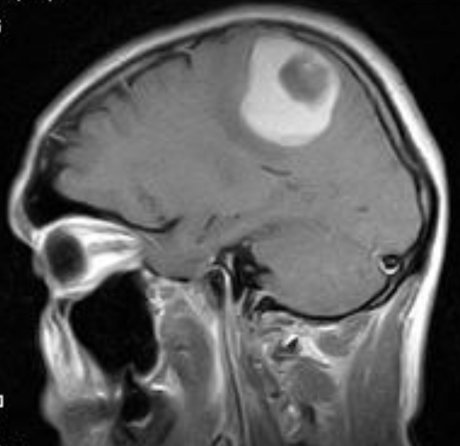
S-a observat o corelaţie puternică între măsurătorile RMN post-mortem la 7T şi măsurătorile efectuate la autopsie, cu p<0,001. Măsurătorile cardiace pe trei axe au fost efectuate prin ambele metode de examinare, folosind aceleaşi repere. După examinarea imagistică post-mortem, toate cazurile au fost supuse autopsiei convenţionale.

Toate cazurile au fost fixate corespunzător în soluţie de formaldehidă 10%, iar ulterior au fost examinate folosind un aparat RMN de 7T. Toţi feţii au rezultat în urma întreruperii terapeutice a sarcinii (TOP) din cauza unor sindroame plurimalformative sau a prezenţei anomaliilor cromozomiale. Au fost luaţi în considerare 12 feţi de trimestrul al doilea, cu vârsta gestaţională cuprinsă între 13 şi 19 săptămâni de amenoree. Scopul studiului nostru a fost de a stabili dacă RMN-ul post-mortem la 7T poate efectua măsurători tridimensionale ale inimii fetale şi dacă poate obţine rezultate comparabile cu ale măsurătorilor macroscopice post-mortem efectuate la autopsie, la feţii cu greutate corporală mai mică de 500 g. Using 7T post-mortem MRI for three-dimensional morphometric evaluation of the fetal heart in the second-trimester fetuses with a body weight less than 500 g, the obtained results are comparable to the macroscopic measurements performed during conventional autopsy. Bland Altman plots showed overall good agreement between measurements performed by both methods. The coefficient of correlation (r) for all three axes was above or equal to 0.90. We observed a strong correlation between post-mortem MRI measurements at 7T and post-mortem macroscopic measurements at autopsy, with p<0.001. Three-axis cardiac measurements were performed by both examination methods, using the same landmarks. After post-mortem imagistic examination, all cases were submitted to conventional autopsy. All cases were immersed in 10% formalin solution, and after proper fixation they were examined using high-field MRI at 7T.

All fetuses resulted from therapeutic termination of pregnancy (TOP) due to plurimalformative syndromes or chromosomal anomalies.

Twelve second-trimester fetuses with gestational ages ranging from 13 to 19 weeks of gestation were considered. The aim of our study was to establish if high-field post-mortem MRI at 7T can perform three-dimensional measurements of the fetal heart, and retrieve results comparable to post-mortem macroscopic measurements performed at autopsy, in fetuses with whole body weight below 500 g.


 0 kommentar(er)
0 kommentar(er)
